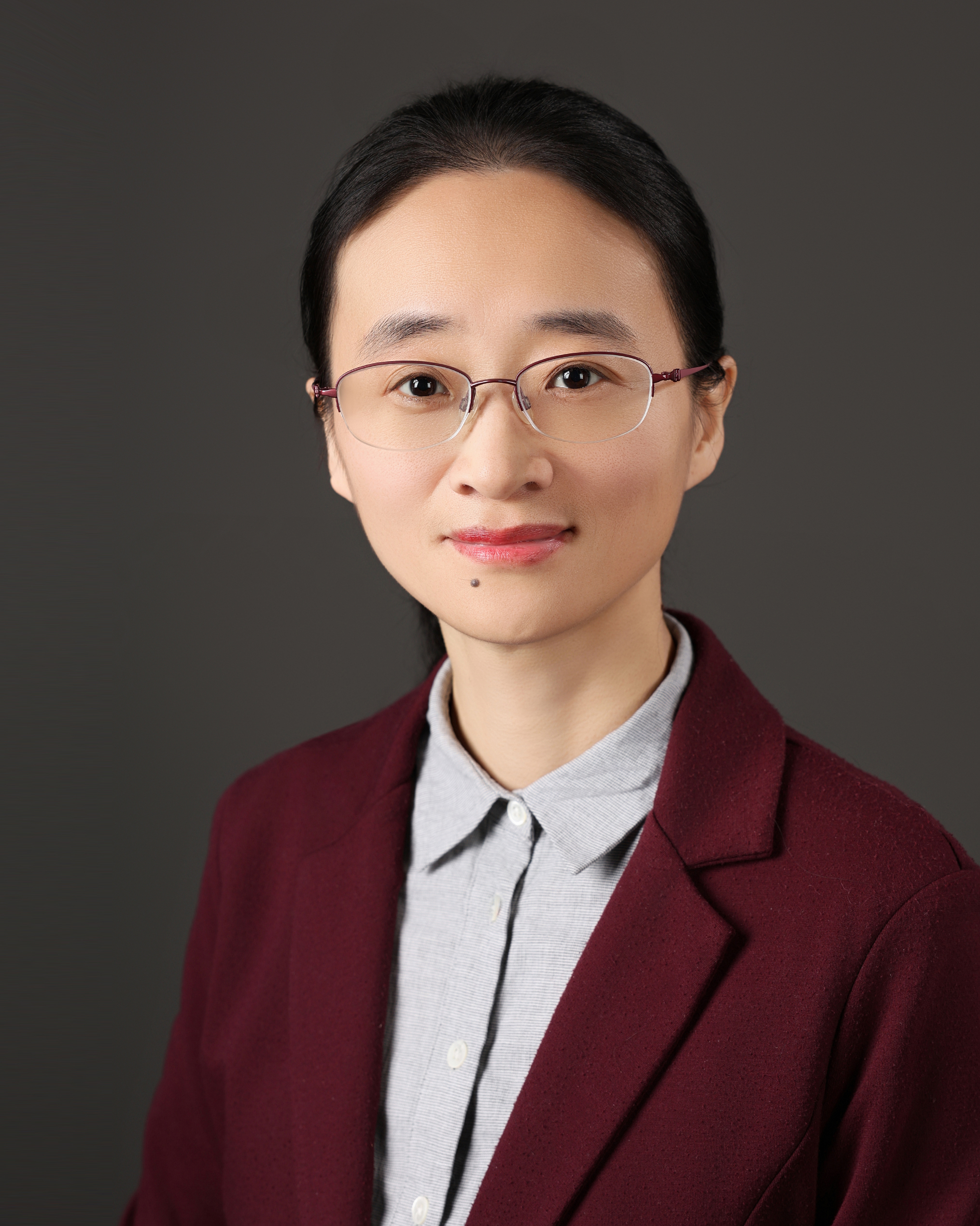个人介绍:
陈玥舟博士由北京大学和北京生命科学研究所联合培养,于2009年获得细胞生物学博士,并于2014年在中国中医科学院获得医学博士学位。随后在哈佛大学医学院/布莱根妇女医院进行博士后研究,并于2020年晋升为哈佛大学医学院讲师。2022年11月起任北京大学生命科学学院和北京大学-清华大学生命科学联合中心研究员。陈玥舟博士具有细胞生物学、生物化学、免疫学、肠道微生物学、医学等多学科研究背景,在B细胞介导的免疫学,感染性疾病和疫苗接种后的免疫反应,以及肠道微生物与宿主相互作用等方向取得多项原创性成果,在Cell, Science Immunology, JEM, Molecular Cell等国际学术期刊上发表多篇论文。
教育经历:
2011年9月-2014年7月 医学博士 中国中医科学院
2004年9月-2009年7月 细胞生物学博士 北京大学生命科学学院
2000年9月-2004年7月 生物科学学士 四川大学生命科学学院
工作经历:
2022年11月-至今 研究员 北京大学生命科学学院
2022年11月-至今 研究员 北大-清华生命联合中心
2020年7月-2022年9月 讲师 哈佛大学医学院/布莱根妇女医院
2014年8月-2020年6月 博士后 哈佛大学医学院/布莱根妇女医院荣誉奖励:
本源基金青年PI助研金获得者,2024
北京大学博雅青年学者,2023
億方学者,2023
哈佛医学院布莱根妇女医院过敏与临床免疫系年会最佳报告奖, 2021
美国国立卫生研究院Ruth L. Kirschstein国家研究奖,2019-2021
中国中医科学院完美(中国)奖学金科技创新奖一等奖, 2014
北京生命科学研究所优秀研究生奖,2008
免疫学的中心问题之一是识别“我”和“非我”。作为适应性免疫重要的一部分,B细胞通过形成庞大的抗体库,以及在生发中心T细胞的帮助下,激发独有的体细胞超突变(somatic hypermutation),产生特异性抗体以识别和清除不断进化的病原微生物;另一方面,机体通过负向选择与自身抗原结合的B细胞保持对自身的耐受。通过长效抗体和记忆型B细胞形成的免疫记忆,机体可快速识别病原微生物的再次侵袭。
在感染性疾病或疫苗接种中,机体如何形成长效而广谱识别的抗体以应对不断进化的病原体?在自身免疫病中,致病性的自身抗体是如何形成的?可修饰的环境因素(如共生微生物)是否及如何影响B细胞分化和抗体产生?围绕这些问题,我们实验室以B细胞介导的免疫学为中心,基于小鼠模型和人体纵向队列,结合分子生物学,生物化学,活体成像,细胞谱系追踪和生物信息学,对以下4个方面的研究特别有兴趣:
1. 感染或疫苗接种后机体的保护性免疫学机制
2. 自身免疫病中致病性自身抗体的形成机制
3. 共生微生物对免疫系统的调节
4. 中医药对免疫系统的调节
1. Chen Y, Humphries F, Li M, Kanneganti T, Ye D, Nelson S. Challenges and opportunities in regulating the immune system. Cell Chemical Biology, 2024 May 16;31(5):830-832
2.Chen Y, Tong P, Whiteman NB, Moghaddam A, Zuiani A, Habibi S, Gautam A, Xiao T, Cai Y, Chen B, Wesemann DR. Immune recall improves antibody durability and breadth to SARS-CoV-2 variants. Science Immunology, 2022, Dec, 23, 7(78)
3.Chen Y*, Zuiani A*, Fischinger S, Mullur J, Atyeo C, Travers M, Lelis FJN, Pullen KM, Martin H, Tong P, Gautam A, Habibi S, Bensko J, Gakpo D, Feldman J, Hauser BM, Caradonna TM, Cai Y, Burke JS, Lin J, Lederer JA, Lam EC, Lavine CL, Seaman MS, Chen B, Schmidt AG, Balazs AB, Lauffenburger DA, Alter G, Wesemann DR. Quick COVID-19 Healers Sustain Anti-SARS-CoV-2 Antibody Production. Cell 2020, Dec (10), 183(6):1496-1507. (*contributed equally to this work)
4.Chen Y, Chaudhary N, Yang N, Granato A, Turner JA, Howard SL, Devereaux C, Zuo T, Shrestha A, Goel RR, Neuberg D, Wesemann DR. Microbial symbionts regulate the primary Ig repertoire. Journal of Experimental Medicine 2018, 215(5): 1397-1415
5.Chen Y*, Zhu J, Zhang W. Antitumor effect of traditional Chinese herbal medicines against lung cancer. Anticancer Drugs, 2014, 25: 983-91 (* Co-corresponding author)
6.Chen Y, Zhu J. Anti-HBV effect of individual traditional Chinese herbal medicine in vitro and in vivo: an analytic review. Journal of Viral Hepatitis 2013, 20: 445-52
7.Chen Y*, Yang Z*, Meng M, Zhao Y, Dong N, Yan H, Liu L, Ding M, Peng HB, Shao F. Cullin Mediates Degradation of RhoA through Evolutionarily Conserved BTB Adaptors to Control Actin Cytoskeleton Structure and Cell Movement. Molecular Cell 2009, 35: 841-55 (* contributed equally to this work)
• Highlighted by previews: Destruction of RhoA CULtivates actin. Molecular Cell, 2009, 35: 735-6
8.Nelson R, Chen Y, Venezia O, Majerus R, Shin D, MGH COVID-19 Collection & Processing Team, Carrington M, Yu X, Wesemann DR, Moon J, Luster AD. SARS-CoV-2 epitope–specific CD4+ memory T cell responses across COVID-19 disease severity and antibody durability. Science Immunology, 2022 Jul 22;7(73):eabl9464
9.Windsor I*, Tong P*, Lavidor, O, Moghaddam A, McKay L, Gautam A, Chen Y, MacDonald E, Yoo D, Griffiths A, Wesemann DR, Harrison S. Antibodies induced by ancestral SARS-CoV-2 strain that cross-neutralize variants from Alpha to Omicron BA. 1. Science Immunology, 2022 Aug 12;7(74): eabo3425
10.Tong P*, Gautam A*, Windsor I*, Travers M, Chen Y, Garcia N, Whiteman N, Mckay L, Lelis F, Habibi S, Cai Y, Rennick L, Duprex W, MaCarthy K, Lavine C, Zuo T, Lin J, Zuiani A, Feldman J, MacDonald E, Hauser B, Griffths A, Seaman M, Schmidt A, Chen B, Neuberg D, Bajic G, Harrison S, Wesemann DR. Memory B cell repertoire for recognition of evolving SARS-CoV-2 spike. Cell. 2021 Sep 16; 184(19)
11.Shrock E, Fujimura E, Kula T, Timms RT, Lee IH, Leng Y, Robinson ML, Sie BM, Li MZ, Chen Y, Logue J, Zuiani A, McCulloch D, Lelis FJN, Henson S, Monaco DR, Travers M, Habibi S, Clarke WA, Caturegli P, Laeyendecker O, Piechocka-Trocha A, Li JZ, Khatri A, Chu HY; MGH COVID-19 Collection & Processing Team, Villani AC, Kays K, Goldberg MB, Hacohen N, Filbin MR, Yu XG, Walker BD, Wesemann DR, Larman HB, Lederer JA, Elledge SJ. Viral epitope profiling of COVID-19 patients reveals cross-reactivity and correlates of severity. Science. 2020 Nov 27;370(6520)
12.Yu J, Tostanoski LH, Peter L, Mercado NB, McMahan K, Mahrokhian SH, Nkolola JP, Liu J, Li Z, Chandrashekar A, Martinez DR, Loos C, Atyeo C, Fischinger S, Burke JS, Slein MD, Chen Y, Zuiani A, Lelis FJN, Travers M, Habibi S, Pessaint L, Van Ry A, Blade K, Brown R, Cook A, Finneyfrock B, Dodson A, Teow E, Velasco J, Zahn R, Wegmann F, Bondzie EA, Dagotto G, Gebre MS, He X, Jacob-Dolan C, Kirilova M, Kordana N, Lin Z, Maxfield LF, Nampanya F, Nityanandam R, Ventura JD, Wan H, Cai Y, Chen B, Schmidt AG, Wesemann DR, Baric RS, Alter G, Andersen H, Lewis MG, Barouch DH. DNA vaccine protection against SARS-CoV-2 in rhesus macaques. Science. 2020 Aug 14;369(6505):806-811
13.Gosmann C, Anahtar MN, Handley SA, Farcasanu M, Abu-Ali G, Bowman BA, Padavattan N, Desai C, Droit L, Moodley A, Dong M, Chen Y, Ismail N, Ndung`u T, Ghebremichael MS, Wesemann DR, Mitchell C, Dong KL, Huttenhower C, Walker BD, Virgin HW, Kwon DS. Lactobacillus-deficient cervicovaginal bacterial communities are associated with increased HIV acquisition in young South African women. Immunity. 2017 Jan 17;46(1):29-37
14.Granato A, Chen Y, Wesemann DR. Primary immunoglobulin repertoire development: time and space matter. Current Opinion in Immunology, 2015, 33:126-131
 下载Firefox
下载Firefox
 下载Firefox
下载Firefox

 下载Firefox
下载Firefox